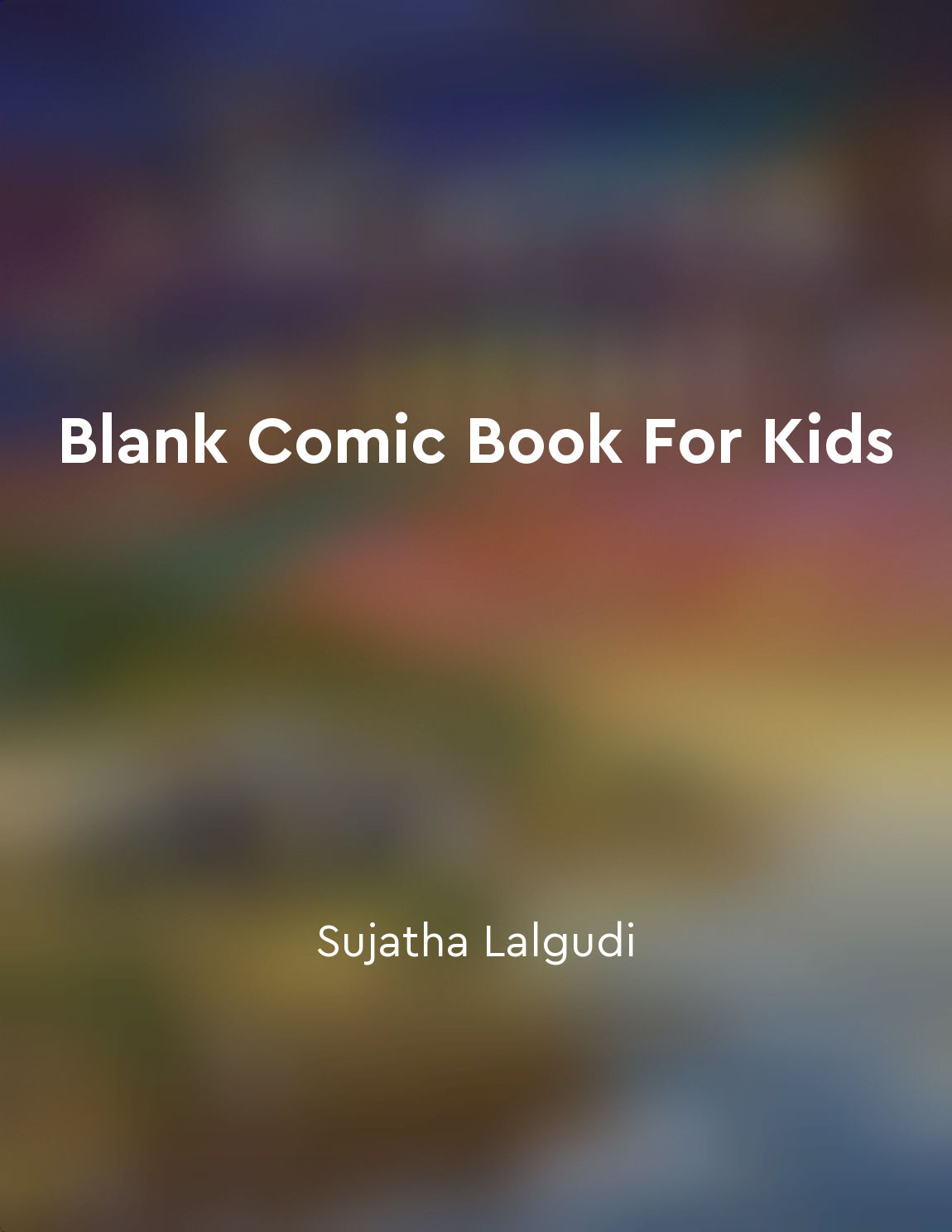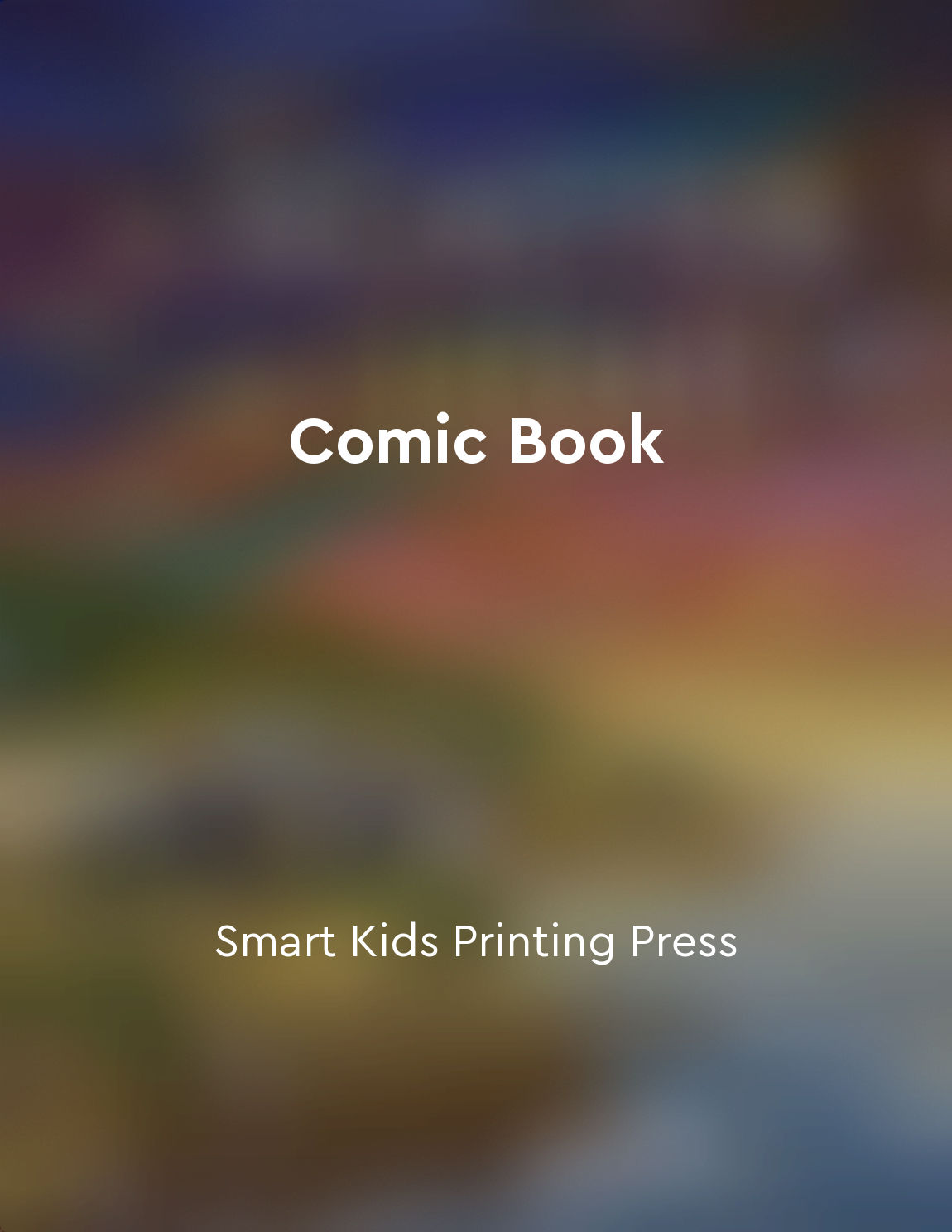The space between panels is important from "summary" of Understanding Comics by Scott McCloud
The space between panels is where much of the magic of comics happens. It is where time and motion are created in the reader's mind. By controlling the size and shape of panel borders, artists can manipulate the reader's perception of time. A smaller space between panels can create a feeling of quick movement or continuity, while a larger space can slow down the pace of the story. The space between panels is also where the reader's imagination comes into play. When we see a sequence of images separated by white space, our brains automatically fill in the gaps between them. This phenomenon, known as closure, is what allows us to make sense of the disconnected moments in a comic. It is through closure that we are able to perceive the passage of time and the unfolding of a story. However, closure can also be a double-edged sword. While it allows for a more dynamic and engaging reading experience, it also leaves room for ambiguity and interpretation. The space between panels can be a place of uncertainty, where readers are forced to make their own connections and draw their own conclusions. This open-endedness is what gives comics their unique power to engage the reader on a deeper level. In the end, the space between panels is where the real magic of comics lies. It is a space of infinite possibilities, where time, motion, and imagination converge to create a truly immersive storytelling experience. By paying attention to the nuances of panel borders and the gaps between them, artists can harness the full potential of this medium and take their readers on a journey unlike any other.Similar Posts

Practice drawing facial expressions and body language
To create engaging and expressive characters in your comics, it is important to practice drawing facial expressions and body la...

Incorporating humor in comic book dialogues
When writing dialogues for comic books, it is important to consider the use of humor to engage readers and add depth to the cha...

The evolution of comic book art styles
Comic book art styles have evolved significantly over the years, reflecting changes in society, technology, and artistic trends...

How to develop unique characters
Developing unique characters is a crucial aspect of creating a compelling comic book. To ensure that your characters stand out ...

Analyzing the use of sound effects in comics
One important aspect to consider when examining comics is the use of sound effects. Sound effects are a crucial element in the ...
